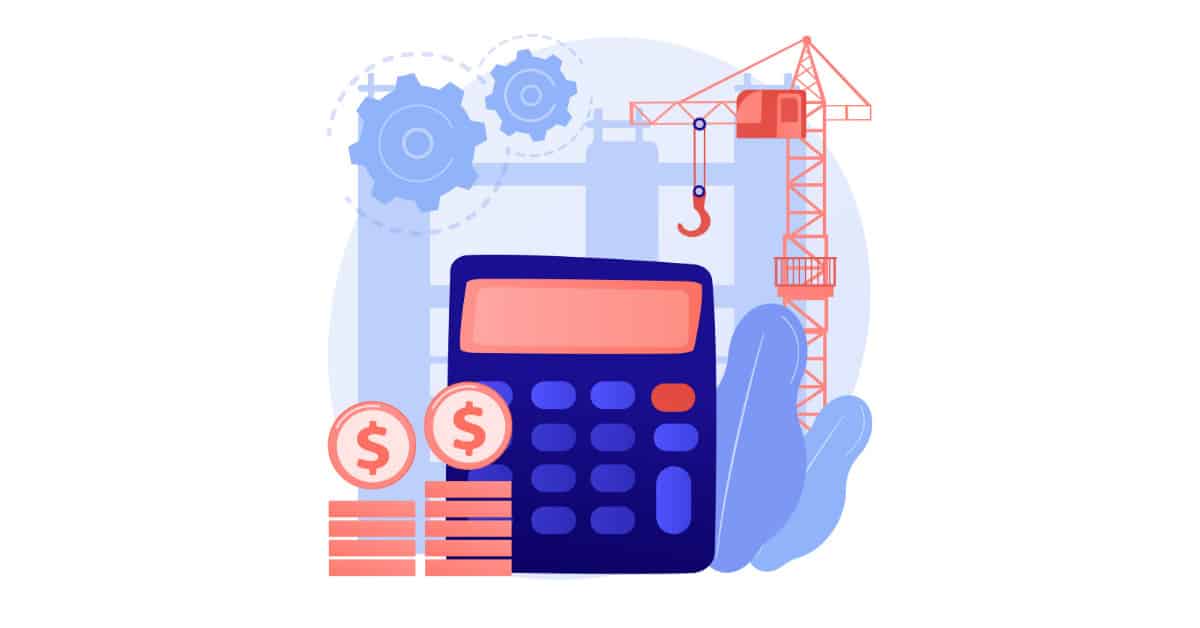Project stakeholders are most likely the most important people involved in the success of your project. As a project manager, it is critical to effectively communicate with them, get their feedback, and ensure they are satisfied with the project’s outcome.
You want to finish your project with no obstructions. As a result, you must identify your project stakeholders early on and engage with them throughout the project’s life cycle.
In This article, you will understand how to identify project stakeholders.
Why project stakeholders are important?
The satisfaction of the different types of stakeholders is critical to the success of any project. Understanding the needs and expectations of stakeholders is critical for project success. Stakeholders play an important role in project management for the following reasons:
1.They bring experience to the table
Stakeholders frequently provide invaluable project knowledge. They have a thorough understanding of the relevant process and how things work in the industry. Their experience can provide clear deliverables and identify project constraints that the project managers may be unaware of.
2.They help identify risks
The only way to mitigate risks is to identify them first. This is where stakeholders can provide useful insights. For example, they may express concerns at the start of the project and wish to discuss potential risks. Identifying risks early on can help you prepare for them and develop contingency plans.
3.They help increases the chances of success
Engaging with stakeholders early on allows for a clear understanding of the project’s expectations. It also keeps them on the same page in terms of their project expectations, which is especially important as the project progresses. Continuous input from stakeholders may increase their interest and stake in the project. This can significantly improve the project’s chances of success.
What is the Stakeholder Identification Process?
This procedure helps you identify the stakeholders for your project. This information, which may include interests, influence, and impact on the project, should be documented.
Before we go any further, let’s take a look at who the stakeholders are.
According to the PMBOK Guide, A stakeholder is an individual, group, or organization that may be affected by or perceives itself to be affected by a project’s decision, activity, or outcome.
In simple terms, a stakeholder is someone who is interested in or affected by your project. Project managers, project sponsors, upper management, and team members are some examples.
How to identify stakeholders in a project?
At the early stage, a significant effort must be made to identify project stakeholders. Prioritizing stakeholders based on their vested interests in the project as well as their overall impact and influence on the project is required. Ideally, the process of identifying stakeholders begins when your sponsor approves the project charter.
The documents and techniques listed below can help you in identifying stakeholders:
1.Project Charter
Typically, this document identifies the project manager, key sponsors, clients, and influencers. In addition, the project charter can provide valuable information for identifying stakeholders. Here you can find the names of the important stakeholders.
2.Contract Documents
If you got the project through a contractual agreement, review the contract documents. The contract agreement may include the names of suppliers, local agents, and contacts from the client’s side.
3.Reviewing the Enterprise Environmental Factors
Enterprise environmental factors (EEF) might include things like competition, the company’s structure, and industry standards. Reviewing these factors can assist you in identifying the stakeholders.
The stakeholder register and lessons learned documents from past projects can also assist you in finding extra information.
The government is a key stakeholder in any project. Therefore, you must maintain good working relationships with various governmental authorities. Their assistance is critical to the success of your project. The enterprise environmental factors provide information on government entities.
Reviewing government regulations and industry standards can assist you in finding more stakeholders.
4.Interviews with Experts
You do not have to interview all stakeholders, but you should do so for the most influential. This method can provide you with a wealth of information.
During the interview, try to ask open-ended questions and keep one team member with you to record important information.
5.Brainstorming Sessions
Brainstorming is an effective method of gathering information. You can use this tool to identify project stakeholders with the help of your team members and subject matter experts.
Try to find the answers to the following questions during the session:
- Who is involved in the project, either directly or indirectly?
- Who might be affected by the project?
- Who gains if the project is successful?
- Who wants to complete the project successfully?
- Who are the suppliers?
- Who will use the project’s deliverable?
- Who are the competitors?
- Who are the shareholders?
- Who has the authority over the project and its outcome?
- Who has the authority to provide support?
- Who can cause your project to fail?
Answering questions like these can go a long way toward successfully identifying stakeholders for your project.
Tips to manage project stakeholders effectively
Managing all of your project’s stakeholders is perhaps the most essential part. It is a project in and of itself. Managing stakeholders effectively will be an ongoing sub-project within your main project, and you cannot afford to make mistakes here.
Here are some ways that can help in the efficient management of project stakeholders:
1.Involve stakeholders throughout the project
Identify the stakeholders and their types early on, and create a stakeholder management plan. Engage with them on a regular basis with interviews and questionnaires. If the stakeholders are external, add them to your project board so they can see the progress in real-time. They should be able to provide feedback on project deliverables as well.
2.All stakeholders must agree on the deliverables
All project stakeholders should be on the same page about the project’s deliverables from the start. To avoid confusion in the later stages of the project, it is critical to establish people’s roles and responsibilities as clearly as possible. This is the most effective way to avoid project failure, delays, and cost overruns.
3.Define mechanisms that govern changes
Change requests are common in large projects. Many requirements defined in the early stages of the project may need to be revisited later. Therefore, it is essential to have a pre-defined strategy for dealing with change requests. Otherwise, issues such as scope creep may have an impact on your performance and team productivity.
4.Effective communication is key
Project management success depends on meaningful and valuable communication. Therefore, communication frequency is also important, and it should be chosen based on a stakeholder’s involvement and interest.
One of the many proven methods for determining the frequency and method of contact for each stakeholder is to keep a stakeholder register from the beginning.
5.Try to see things from their perspective
Visualizing the situation from their standpoint is an important part of managing the stakeholders. You must know what each stakeholder agreed to and what their specific circumstances are. You’ll be better prepared to manage them and their expectations if you can relate to their perception about how the project affects them.
Bottom Line
Stakeholders play a vital role in any project because they have the ability to influence it both negatively and positively. As a result, recognizing your project stakeholders and understanding their expectations during project initiation is important for project success.
Identifying stakeholders is the first step toward effectively managing them and utilizing them to steer the project toward successful completion.









